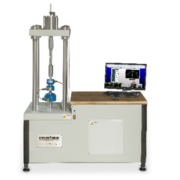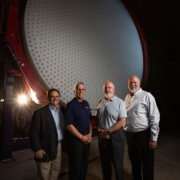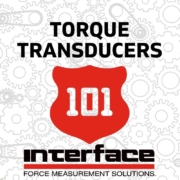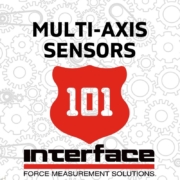Mechanical Installation Load Cell Troubleshooting 101
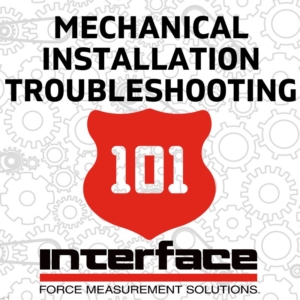 The performance of a load cell force measurement system is dependent upon the reliability of the physical installation, correct interconnection of the components, proper performance of the basic components which make up the system, and calibration of the system.
The performance of a load cell force measurement system is dependent upon the reliability of the physical installation, correct interconnection of the components, proper performance of the basic components which make up the system, and calibration of the system.
Interface provides installation instructions for our products. Review the installation guide and keep on hand for installation and troubleshooting. Load cells not mounted in accordance with the manufacturer’s recommendations may not perform to the design specifications.
Always start any troubleshooting with a physical inspection of the load or weighing sensor. Resistance results from numerous factors, creating an inaccurate reading of the measurement and potential overload. If there is any appearance of dents, bending, cracks or deformation it is likely the device will need to be repaired or replaced. If none of these conditions are visible, the next step is to troubleshoot the mechanical installation.
The following is a quick checklist to reference for mechanical installation troubleshooting:
- Check the mounting surfaces for cleanliness, flatness, and alignment
- Check the torque of all mounting hardware
- Check the load cell orientation
- Check use of proper hardware as required to connect the load to the load cell
- Check cables or output devices
Orientation is of a load cell is defined by the “dead” end on mechanical reference or load forcing source and the “live” end connected to the load to be measured by the cell. Dead end is the end closest mechanically to the cable exit or connector. A fundamental requirement is that there be one, and only one, load path. This load path must be through the load axis of the load cell. This may sound elementary; however, it is a commonly overlooked problem.
Check all hardware and accessories when troubleshooting during mechanical installation, including all connectors, cables, thread sizes, jam nuts, swivels, mounts, and bolts. It is always important to also thoroughly inspect the cables used in a system. Evaluate the cable to ensure there is no crimping, cuts, or exposed wires. This is a common cause of mechanical installation failure.
For a quick reference, here is a discussion about what a healthy load cell should look like, and any visual clues that may potentially be a sign for an improperly working load cell.
For more helpful guides and troubleshooting tips, please visit the Interface Technical Library. Interface provides technical support for additional questions related to installation or if there is help needed in troubleshooting any of our products. Contact us here and let us know how we can help.
Additional Resources
Force Measurement Installation Guides
I’ve Got a Load Cell, Now What Play List
Force Measurement Accessories 101


